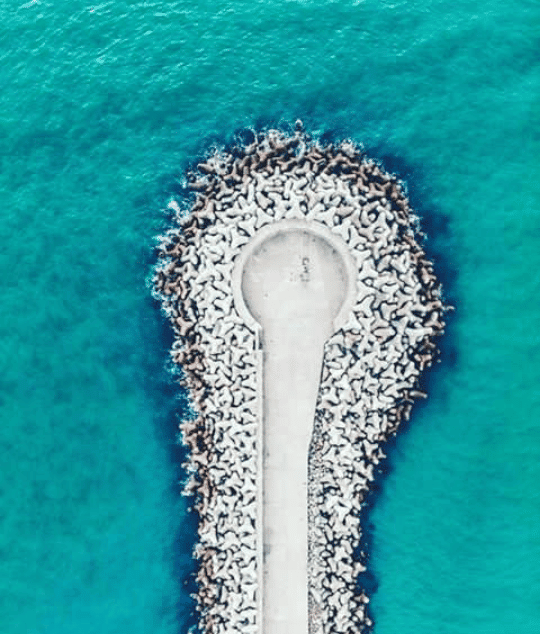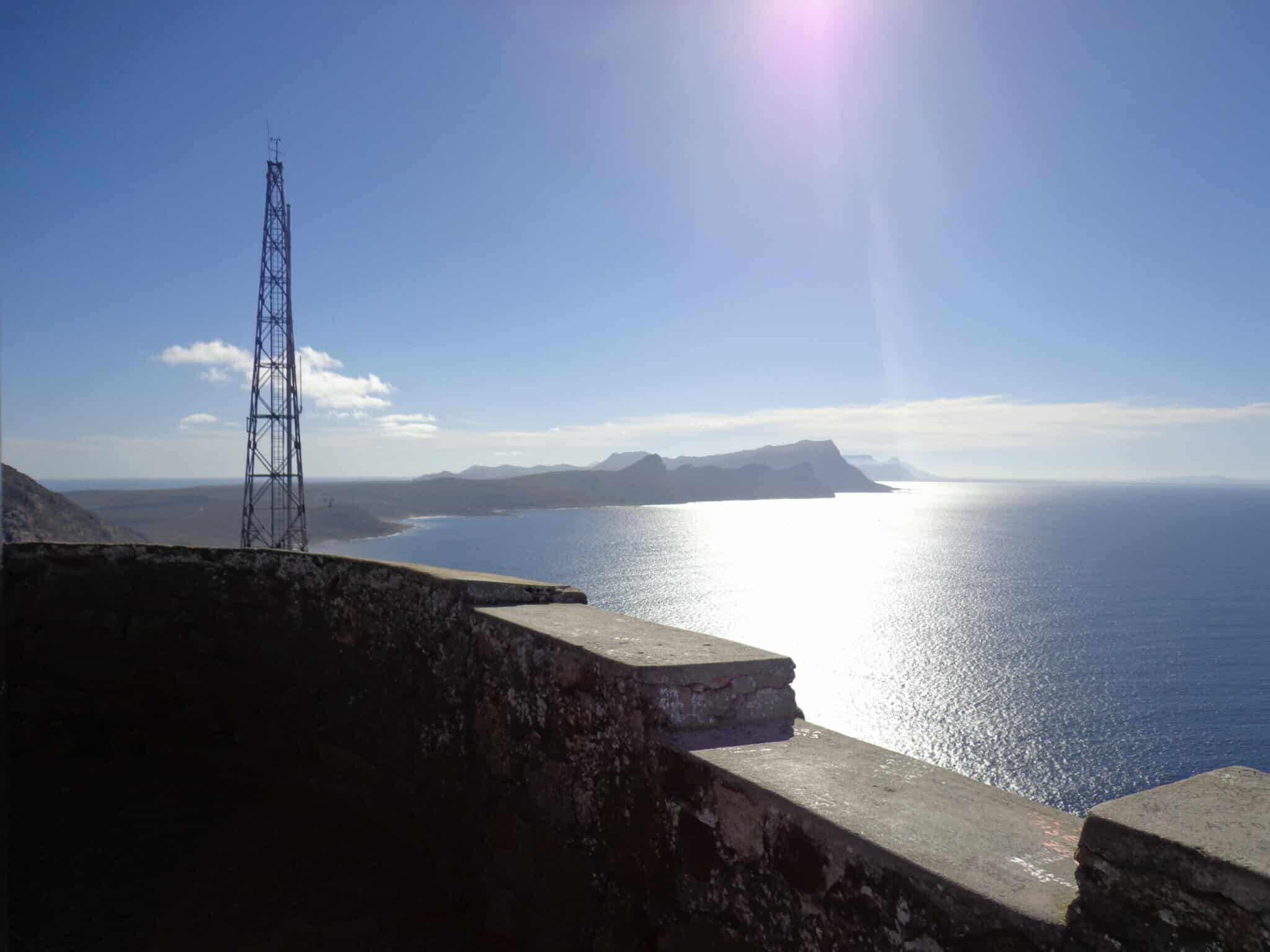Safi is a city of fish, porcelain, natural beaches and the capital of the Atlantic Ocean.
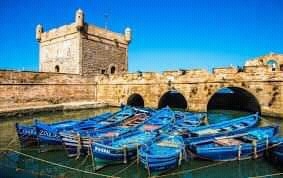
Safi is located on the Atlantic Ocean between The El Jadida and Essaouira and is about 200 km from Casablanca, and about 160 km from Marrakech. It is one of morocco’s oldest cities with a collection of historical monuments and castles that bear witness to its ancient history.
Safi
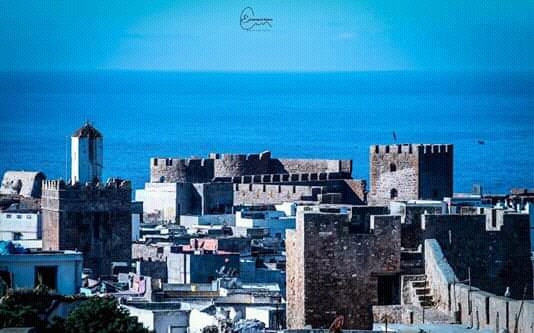
According to its barbarian origin, which means the river or the beacon of light.
An ancient city with a number of phoenician-era historical monuments.
Near Safi is a typical ceramic village
It is the village of Sidi Abdel Rahman which contains a number of workshops
That the artisans work with skill and mastery of the ceramic industry
and give it great geometric shapes,
Which is why The i’s ceramics occupy a global place,
He made Safi a porcelain city with distinction in Morocco. This is the places I have visited in Safi:
Lala Fatna Beach

We take you for a ride on a beautiful beach.
And it’s so cool and clean.
And its soft golden sand.
Lala Fatna Beach, 14 km away from Safi
And the road leading to it is beautiful and smooth.

You find visitors from families, especially those who are committed to Islamic dress.
On the other side you find tourists elsewhere.
Porcelain:
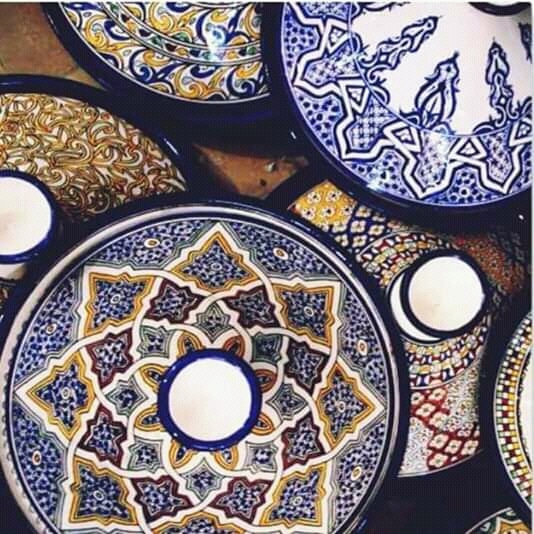
Porcelain and Safi. Two sides of the single coin, traditional industry is one of the vital sectors that contribute to the economic and social development of the city, where porcelain represents the most important traditional crafts of the city and its cultural and tourist heritage, employing about 2,000 people continuously and a large number of seasonal workers. The ceramic industry is based in the Division district, which was founded to house the growing number of ceramic professionals, with about 100 potters working in 74 workshops equipped with 130 traditional ovens. Then the Ceramic Plateau, the oldest district in the city, employs more than 800 craftsmen in 37 workshops equipped with 70 traditional ovens.
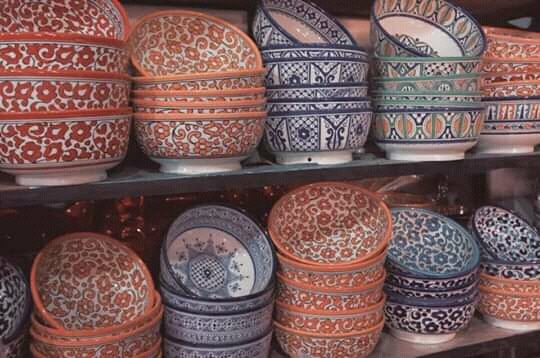
In addition to these two neighbourhoods, near Safi is a typical ceramic village, Sidi Abd al-Rahman, which has 30 workshops distributed to the village. The primary material of ceramics consists of clay, water, some chemicals and wood, which the artisans are able to compose and give them wonderful geometric shapes, which has made Safi ceramics a global place, and made Safi a porcelain city with distinction in Morocco.
Palace of the Sea Safi
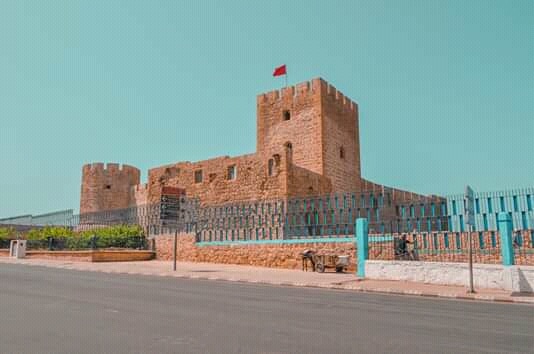
The Sea Palace is undoubtedly one of the most important historical landmarks in Safi, located along Independence Square, this Portuguese landmark built in the 15th century to form a small Portuguese castle, which was then the governor’s residence, was completely renovated in 1963, and has a huge large gate opening to the exhibition square where one can admire ten ancient bronze cannons directed around the ocean, with panoramic views of the sea, port and old town, and nothing like the south western stronghold. From the castle.

Portuguese Cathedral
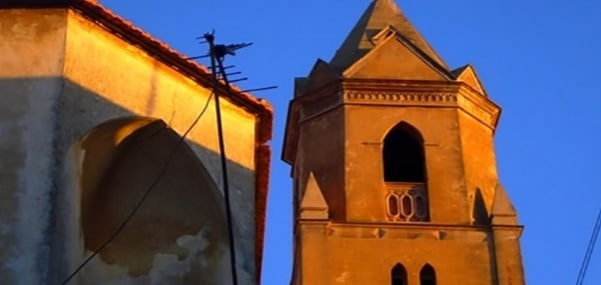
The Portuguese cathedral was founded in 1519 and was built by João Luis, during his withdrawal from Safi in 1541, ordered by King Emmanuel to destroy it, and later, the rest of the cathedral was transformed into a bath called the Bath of The Boibe, but this situation was corrected by turning the Portuguese cathedral into a historical landmark and local heritage.
Dar Sultan
Safi’s Dar Sultan, a castle dating from the Almohad period (12th to 13th century AD), served as a protection for the city because of its location.
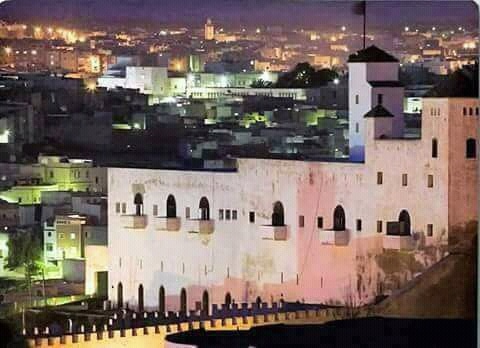
The site has a view of the Old City, towards the Palace of the Sea and the Ocean, and currently the monument houses the National Museum of Moroccan Ceramics, and over the centuries, has witnessed renovations and improvements, and the castle has been transformed into the tourist headquarters of the Alawite kings and princes who built a house called “Bahia” hence the name of the Dar Sultan
The world’s largest tagine.
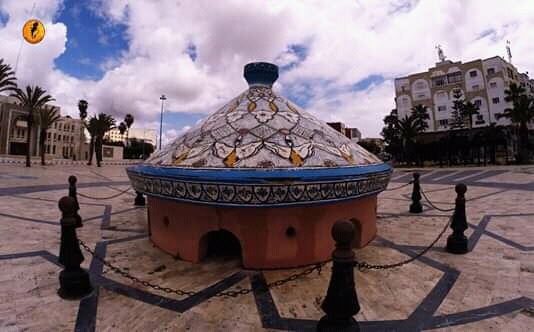
In July 1999, Tajin Safi was included in the Guinness Book of Records, with about 100 women participating in the preparation of this huge masterpiece. According to the organizers, it took 12 tons of sardines and 500 kilograms of animal fat to manufacture 6 tons of pellets.
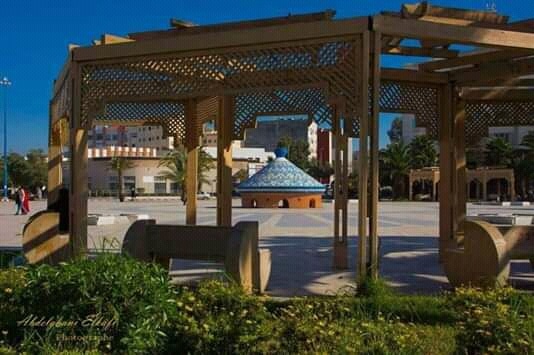
The great Safi Tagine has a cover of 6.30 meters and a diameter of 4.5 meters, decorated by the best artists and potters in the city, and looks erect with all its beauty in Mohammed V Square.
Fort Akuz

Located 36 km south of Safi, The Fort Akuz is a castle built during the Portuguese occupation at the beginning of the 16th century. Many texts spoke of the existence of the church and other buildings inside the castle, however, abandoned in 1525 after it was declared useless to the interests of the Portuguese.
Your visit to Safi is not complete without tasting grilled sardines and acquiring some ceramic wareors or ceramic mementos.

